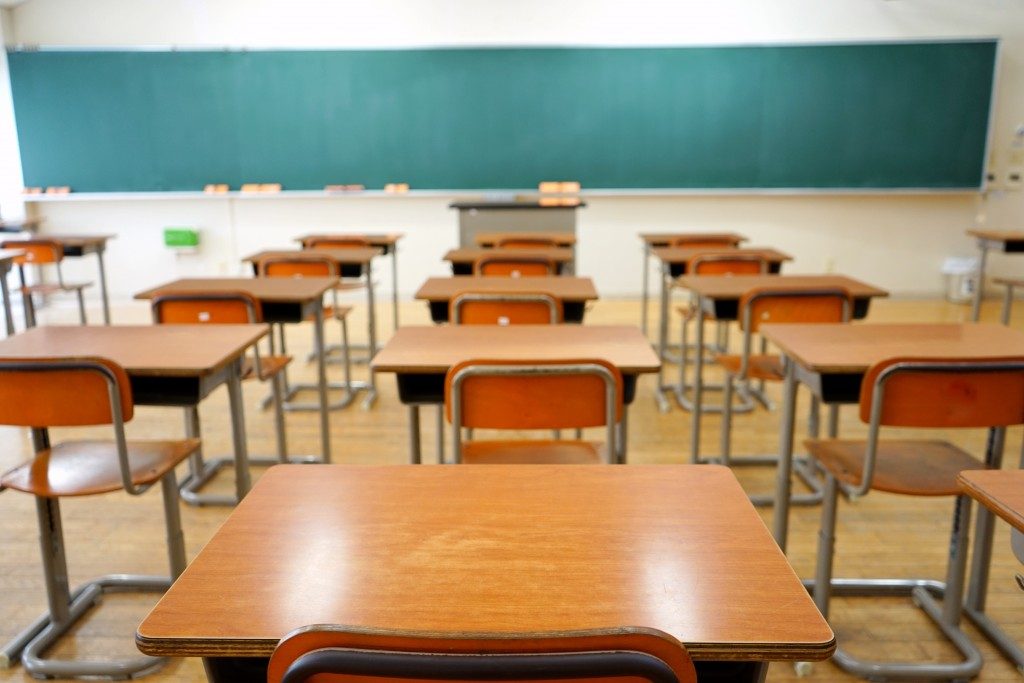In 2012, the Bromley Times reported that a 91-year-old woman was injured while passing near a construction site. This was just one of many instances of passers-by being struck by equipment or objects from construction sites, and it is safe to say that many cases also go unreported. The dangers of construction extend beyond the worksite, especially if the project is in the vicinity of or within a school. As learning institutions renovate and update their buildings, roads and pavements, they must take the dangers posed to their students into account.
Who specifically is responsible?
Construction site managers are responsible for whatever happens in and around the construction site pertaining to safety. Site rules in this regard may vary from one place to another so it pays to acquaint oneself with standard regulations. In Australia, the Construction Work Code of Practice recommends that the project stakeholders install a perimeter fence for areas close to a route used by children if removal of the hazards is impossible. Alongside following the relevant codes of practice for an area, project owners need to make communication seamless. For sites that have several contractors, this is critical, as there should be someone who overlooks the safety needs of children and the public in general. For the public, areas of concern include the following:
Falling Objects
Even the tiniest objects can be extremely dangerous if they are falling from many floors. Even something as small as a tape measure can be potentially lethal when dropped from a great height. Because of this danger, construction sites need to have measures that protect passers-by and workers below. Common solutions are chutes and netting.
Hazardous Materials
The reason site workers wear personal protective equipment is as protection from sharp objects, hot objects, chemicals and other dangerous substances. Barriers around sites can go a long way in protecting children. For any waste thrown away, the contractors should ensure that it ends in the correct disposal unit.
Slips and Falls Hazards

Application of appropriate traffic control equipment is important for the control of children moving into or through the site, where dangers of falls and trips are around every corner. If children and other pedestrians must use a section of the site, it is up to the contractor to create temporary paths. Such pathways must have adequate grip and be even.
Holes or Openings
You may have heard stories of full-grown men falling into manholes or openings in construction sites. Now, imagine a place with such hazards and children playing all the time. No hole, in a construction site or anywhere else for that matter, should be left uncovered. All trenches and excavations should be protected in accordance with the appropriate standards and regulations.
Noise Pollution
Children and people near a construction site can be exposed to noise pollution and hazards. While it may be impossible to avoid some noise, following the prevailing ordinances may help protect workers and other people in the vicinity. For a project near a school, the contractor will need to use modern machinery and tools for minimal noise.
While the contractors play their roles in minimising health and safety hazards around schools, it is paramount for other stakeholders including the school management to be supportive. The wellbeing of children is a joint responsibility.
